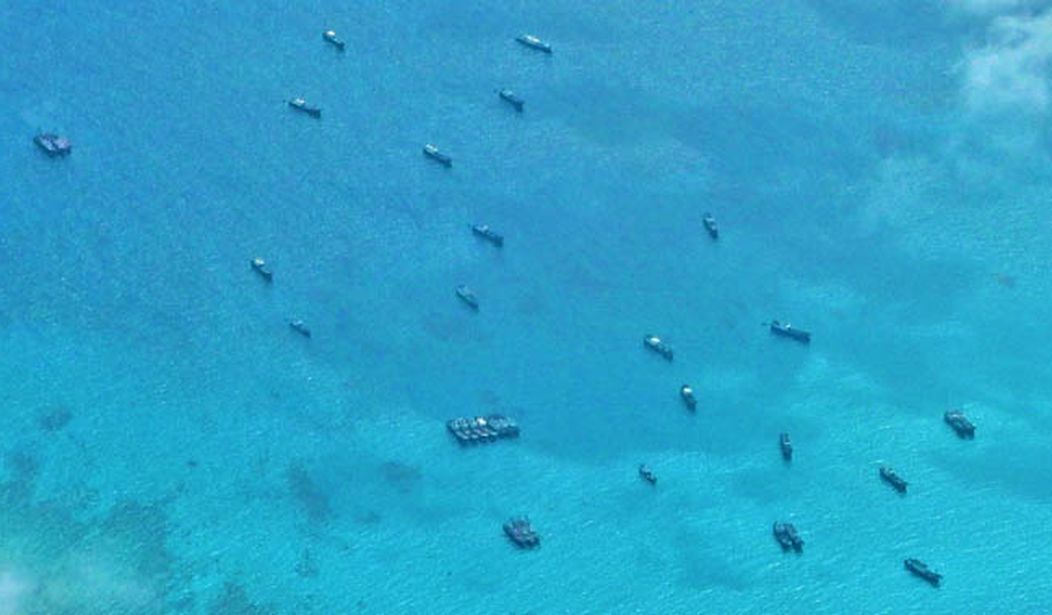Top News
Is China moving to claim more islands in the South China Sea?

China’s militarization of islands in the South China Sea is well known at this point. In particular they have built up military installations on the Spratly islands. This 2017 video from Vox remains the best visual primer on this topic. They key point here is something called the “cabbage strategy” which is a way of establishing dominance in a contested part of the South China Sea by sending a wave of ships into the area.
With that in mind, take a look at what China has been doing this week off the coast of the Phillipines and not far from the Spratly Islands.
Philippine military patrols have spotted more Chinese vessels in the West Philippine Sea last week including 48 Chinese fishing vessels swarming Iroquois Reef and 5 Chinese Coast Guard and People’s Liberation Army Navy vessels near Sabina Shoal…
The Philippine military said 3 China Coast Guard (CCG) ships and two People’s Liberation Army Navy (PLAN) vessels have also been spotted regularly loitering in Sabina Shoal, compared to two wooden resupply boats from the Philippines and two Philippine Coast Guard (PCG) vessels.
The military said the developments “raise an alarming concern about China’s intentions and actions within these disputed waters.”
That started a war of words involving US Defense Secretary Austin:
US Defence Secretary Lloyd Austin, in a readout released on Thursday after a call with Philippine counterpart Gilberto Teodoro, called Beijing’s conduct in the disputed sea “coercive and risky.”
Austin also reiterated the US’ “ironclad” commitment to defend the Philippines, and that the two countries’ mutual defence treaty covers coastguard vessels in the South China Sea.
A Chinese Foreign Ministry spokesperson responded.
“The U.S. defence commitment to the Philippines must not undermine China’s territorial sovereignty and maritime rights and interests in the South China Sea,” Chinese Foreign Ministry spokesperson Wang Wenbin told a regular press conference.
Wang accused the United States of “sowing discord” between countries in the region, while maintaining the actions of the Chinese Coast Guard were legitimate and lawful, and therefore “beyond reproach”.
Wang was not asked about the “swarming,” and there was no immediate comment from the Chinese embassy in Manila about it.
The swarming behavior, which seems like a variation on the cabbage strategy followed some interactions between the Philippines Coast Guard and the Chines Coast Guard earlier this week:
Philippine coast guard boats were assisting a naval operation on June 30 when they were “constantly followed, harassed, and obstructed by the significantly larger Chinese coast guard vessels”, Philippine coast guard spokesperson Jay Tarriela, said in a Tweet.
It took place near the Second Thomas Shoal, a submerged reef over which the Philippines stakes a claim to sovereignty via a handful of troops who live aboard a rusty World War Two-era American ship, which was intentionally grounded in 1999.
But China on Thursday said the Philippine coast guard had intruded into its waters without permission.
A Japanese news crew recently visited a Philippine island called Thitu which is in the disputed area. Here too you’ll see Chinese “fishing vessels” have been anchored near an underground reef for months though no one seems to be doing any fishing. Unfortunately, I can’t embed that clip so you’ll have to click here to see it. Instead, here’s a CNN International report on the conflict this week.
Read the full article here


















